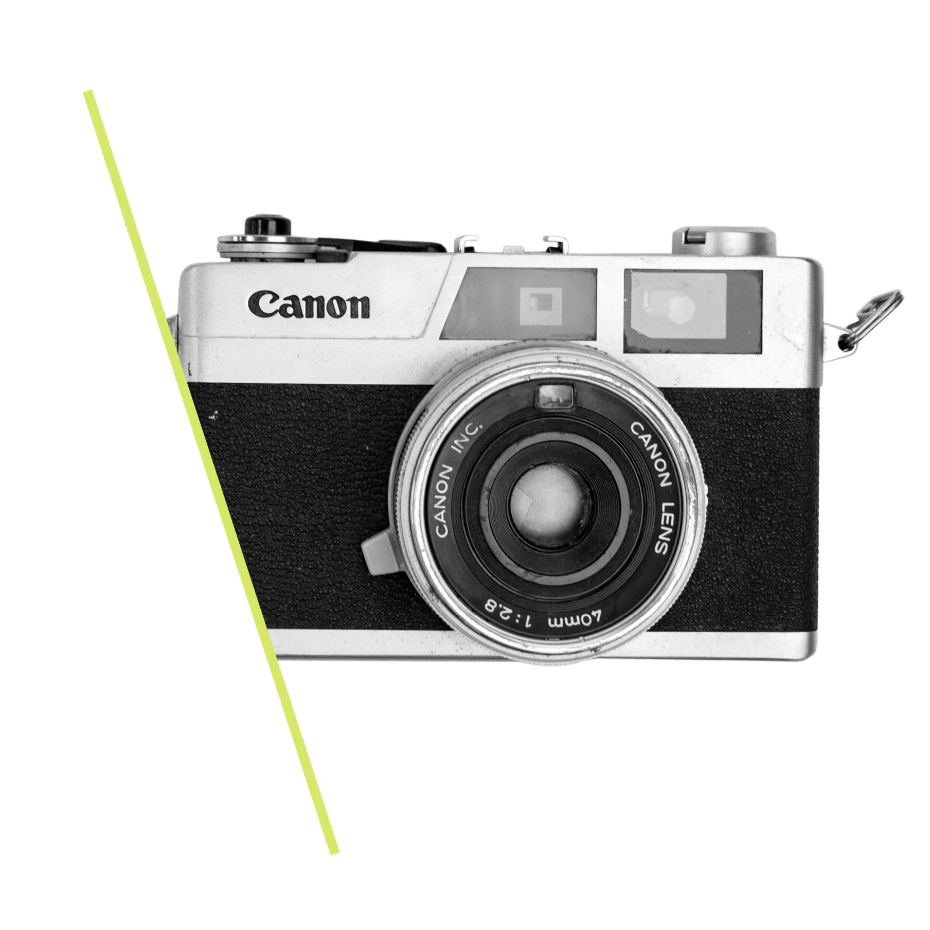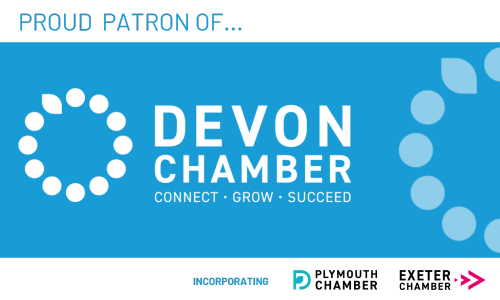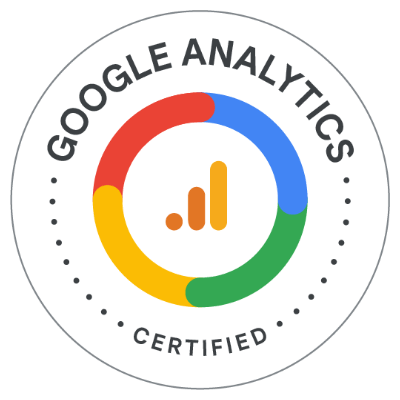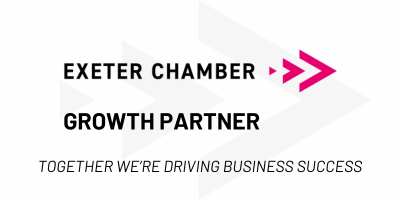Digital advertising is an essential part of modern marketing strategies, enabling businesses to reach specific audiences and generate leads effectively. Among the digital advertising methods are Pay-Per-Click (PPC) and Paid Social Advertising. While they may appear similar at first glance, they function differently, serve distinct purposes, and produce different types of results.
This article will explore the key differences between PPC and Paid Social Advertising, covering their definitions, platforms, targeting options, costs, advantages, and best-use cases.
What is Paid Search?
Paid search is a form of online advertising where advertisers pay a fee each time their ad is clicked, it is also commonly referred to as PPC (Pay-per-click). The most common PPC platform is Google Ads, but it also extends to Bing Ads and other search engine advertising networks.
Paid search is primarily associated with search engine advertising, where advertisers bid on keywords related to their business. When a user searches for a specific term, the ads appear at the top of the search results, increasing visibility and the likelihood of clicks.
How PPC Works
Keyword Selection – Our SEO manager would choose relevant keywords that potential customers might search for.
Ad Creation – Our PPC Manager and Creative department would then create text and image-based ads that include headlines, descriptions, and links to their website.
Bidding – We would then set these campaigns to bid on keywords, and search engines use a combination of bid amount and ad quality (Quality Score) to determine ad placement.
Ad Display – When a user searches for a keyword, the ad appears in the search results.
Cost Per Click (CPC) – The advertiser pays only when a user clicks the ad.
The main PPC Platforms are.
- Google Ads (Search & Display Network)
- Microsoft (Bing)
- Amazon Ads (for eCommerce businesses)
- YouTube Ads (via Google Ads)
What is Paid Social Advertising?
Paid Social Advertising refers to paid promotional campaigns on social media platforms such as Facebook, Instagram, LinkedIn, Twitter, and TikTok. Unlike PPC, which primarily targets users actively searching for something, paid social ads are shown to users based on their interests, demographics, behaviours, and engagement history.
How Paid Social Works
Audience Targeting – Our team will research and define the audience based on demographics, interests, location, and behaviours.
Ad Creation – Our PPC Manager and Creative department will then design visuals, videos, and ad copy.
Bidding – We would then set the campaign budgets and bids for impressions or interactions.
Ad Display – Ads appear in users’ feeds, stories, or sidebars as they scroll.
Engagement & Interaction – Users can like, share, comment, or click on the ad.
The main Paid Social Platforms are:-
- Facebook Ads
- Instagram Ads
- LinkedIn Ads
- TikTok Ads
- Twitter Ads (X)
- Pinterest Ads
- Snapchat Ads
Cost Comparison: Which is More Affordable?
Both PPC and paid social ads can be cost-effective, but they have different pricing structures:
PPC Costs: Since PPC ads are based on search intent, the cost-per-click (CPC) can be higher, especially in competitive industries. For example:
- Legal & Insurance industries: £40+ per click
- eCommerce: £0.80–£4 per click
- Local services: £4–£15 per click
Paid Social Costs: Social media ads are typically cheaper per click but may require more impressions to convert a user into a customer. For example:
- Facebook Ads: £0.40–£2 per click
- Instagram Ads: £0.60–£3 per click
- LinkedIn Ads: £4–£8 per click (often higher due to B2B targeting)
In general:
- Paid search has a higher cost per click but a better conversion rate because of high intent.
- Paid social has a lower cost per click but a lower conversion rate since users are not actively searching.
When to Use Paid Search vs. Paid Social
Use Paid Search When:
You want an increase in conversions in a short period of time.
Your audience is actively searching for your product/service.
You are in a high-intent industry.
You have a higher budget to compete for competitive keywords.
Use Paid Social When:
You want to increase brand awareness.
You are targeting a specific audience based on interests and behaviours.
Your product/service benefits from visual storytelling.
You are running promotions, contests, or influencer collaborations.
Which is Right for Your Business?
The choice between PPC and Paid Social Advertising depends on your business goals, budget, and target audience. Get in touch to speak to our experts and find out which strategy and budget works best for you at hello@chalkward.com





